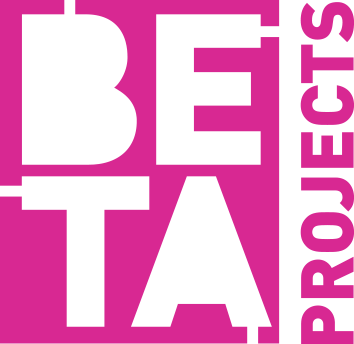Current Status: Ongoing
Project Stage(s): Concept
Live Trial Location(s): Removed
(What are the Project Stages?)
(Why are trials removed?)
CHALLENGE:
Dublin City Council’s Civic Offices provide multiple meeting and presentation rooms as a shared resource available to staff. These usually contain a central table with chairs and many contain useful presentation equipment. This room layout is generally not suitable for collaborative work approaches such as design thinking.
PROPOSITION:
This project was seeking to begin to look at whether a shared, collaborative, working space, would also be a useful resource for staff. Such a room is often termed a ‘War Room’.
The idea behind a ‘war room’ is to provide a central space in which staff from multiple departments can work together on a topic, and most importantly, leave their work behind them on the boards in the room until they’re able to again meet a few days later to continue. Eg this type of work which we do not generally have the space for in our local offices / at our desks.
In this case, it was specifically looking at whether such a collaborative working space could be provided in parallel with a meeting room, thereby a single room killing two birds with one stone.
DESCRIPTION:
Large white foam boards (1.2m x 2.4m) were placed in the room, along with a box filled with equipment that is useful for collaborative type work (post-its, thumbtacks, A4 and A3 paper, Sharpie-brand pens, etc). A group of 46 staff were informed of the trial, and invited to use it for any collaborative-type work they might be undertaking, and asked to use it as follows:
“If you use the room, please just leave your white boards with a blank face facing into out into the room when not using the room – it just leaves the room with a fairly neat appearance.”
OUTCOMES:
This trial cost Dublin City Council €0.
The dual-purpose room worked well for collaborative work, and only positive feedback from staff was received. Meeting-room usage of the room did not drop during the trial, and meeting-room usage has remained static at approx 15 hours per week since the end of the trial. It would therefore appear that the dual-purpose did not adversely affect the use of the room for meetings. (The increase in pre-post usage of the room for meetings is likely due to more people becoming aware of the availability of the room due to the trial.) Overall usage of the room increased during the trial – directly by the number of hours of collaborative-use bookings.
Report Card: Collaborative Working Room, Iteration 1
DECISION:
Persevere. (What are the possible project outcomes?)
NEXT STEPS:
To be confirmed.
RELATED:
WHAT DO YOU THINK?
Get involved in the conversation below.





